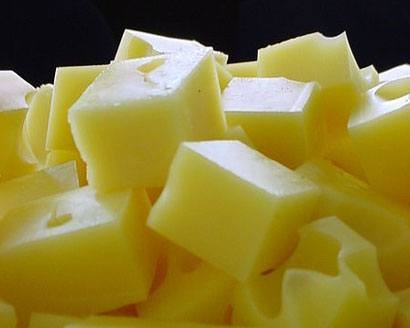Evidence Of 7,000-Year-Old Cheesemaking Discovered
Back in the 1970s, a bunch of odd clay vessels were found in Northern Europe. Pocked with small holes, archaeologists could only guess what their original purpose was. But thanks to modern technology, according to a new report issued by the journal Nature, scientists have been able to analyze residue what seeped into the clay, revealing that the vessels once contained cow's milk. Or, more accurately, cheese.
The vessels, they found, were once used to strain the whey from the curds during the cheesemaking process. Ancient people were, on the whole, lactose intolerant, and by forming the milk into cheese they were able to remove most of its sugars while also giving it longer shelf life. Cheese also provided them with a dependable source of protein in an age when killing prized livestock for meat was undesirable and a failed harvest could mean famine. It also happened to be delicious.
Over the years the rustic fresh cheese the ancients created gave way to the aged gourmet fare we enjoy today.
